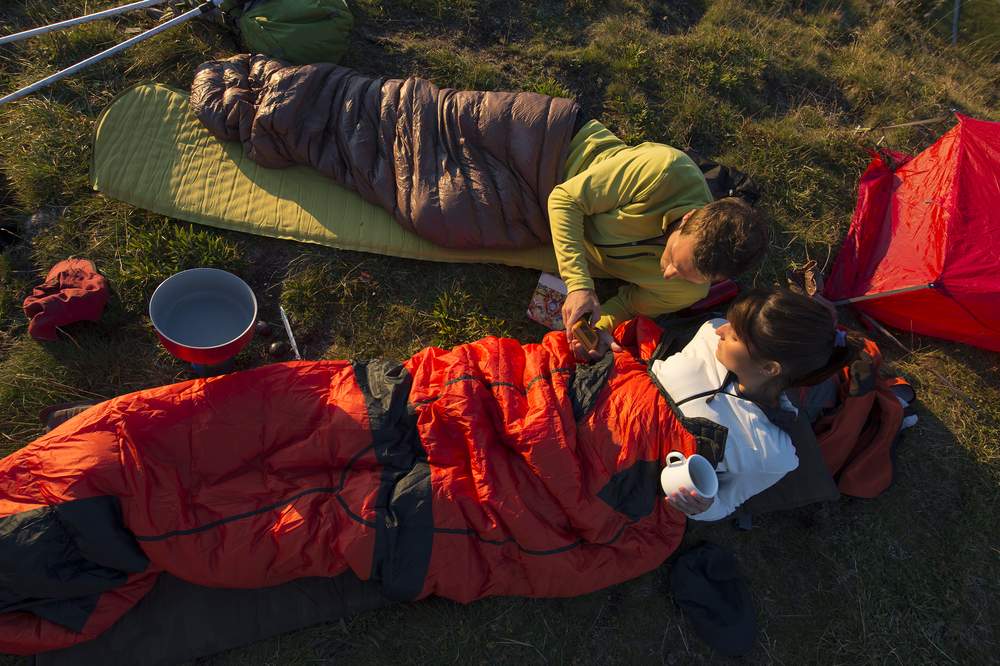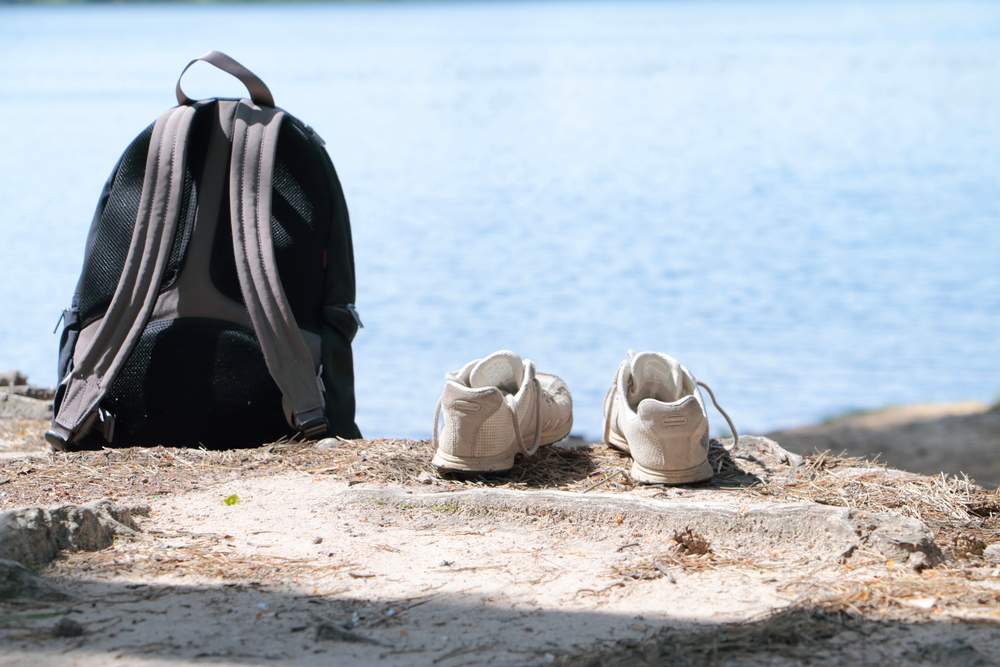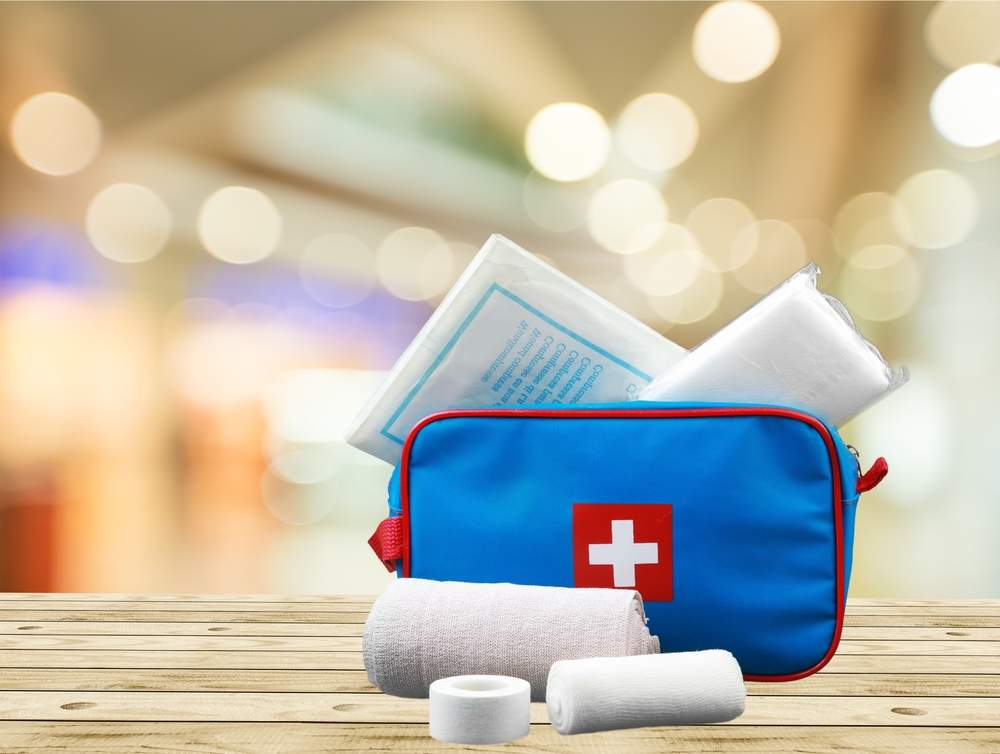Camping gear has evolved incredibly through the years, but the essentials remain the same. From having a comfortable place to lay your head to having all the basics for exploring from base camp – here are the top 10 camping items you need to keep safe and comfortable during your next camping trip.
1.Tent
Unless your definition of camping is hopping in the RV, complete with a plasma screen TV and a full bath or sleeping on th cold hard ground next to the fire, you’re going to need a tent. There are plenty of things to think about when choosing a tent. For starters, decide whether or not you want a tent that can be used for backpacking. If not, the weight of the tent doesn’t really matter. Second, decide how much room you need.
Also, consider the type of climate you will be camping in. All tents do not protect from the elements equally. If you will be camping in a lot of rain, choose a tent with plenty of ventilation and rain coverage. Need protection from the wind? Choose a tent with excellent stability and extra guylines.
Tents can range from as little as $50 to well over $500. Sure you can pick up a pretty roomy tent for cheap at Wal-Mart, but these tents will weigh a ton, won’t last very long, and will not protect you as well from the elements. If you only plan on camping once a year, are trying camping out for your first time, or only planning on driving to a campground while camping right next to your car, then a Wal-Mart cheap-o will work just fine for you.
We recommend the Ledge Scorpion tent as a first backpacking tent, plus it doesn’t have as steep of price tag as other lightweight backpacking tents. My dream tent is the Big Anges Fly Creek – it only weighs 2lbs. 2oz. For small families, the Kelty Trail Ridge is a pretty affordable 4-person tent with excellent performance in rainy and windy conditions.
2. Sleeping bag

When it comes to choosing a sleeping bag for camping, it is easy to get overwhelmed with all the choices like synthetic vs. down, zero degree vs. warm weather, or ultralight. Really there are only 3 things you need to consider: temperature, insulation, and weight.
As far as insulation goes, there are two types: down and synthetic. I personally swear by down since they are lighter, more compressible, and just more comfy when compared to synthetics. Down bags do come with a steeper price tag and don’t perform as well as synthetics in wet and humid conditions.
Weight may or may not be a factor for you. If you plan on mostly car camping, then the weight of the bag doesn’t really matter. If you will be backpacking long distances with your bag, choose a sleeping bag in the 2-3 pound range.
Sleeping bags can run anywhere from $100 to well over $400. You can pick up a bag at a department store for as little as $30, but these bags will not last as long or keep you as warm as higher-end bags. Marmot Trestles makes great bags starting at around $99 and some will keep sleepers cozy down to zero degrees.
3. Sleeping pad
Sleeping pads not only cushion you from the hard ground but they also provide insulation. There are many different types of sleeping pads from self-inflating pads and manually inflating air pads to foam pads and air mattresses. In selecting a sleeping pad, it really only comes down to the level of comfort you want and the amount you want to pay. If you will be car camping, by all means go comfy with an air mattress since they are the closest you can get to a real bed.
Air pads are the latest rage in sleeping pads, but they come with a heftier price tag. Self-inflating pads and foam pads are great for backpacking with foam pads being the cheapest option.
4. Daypack

You’ll need a quality daypack for forays beyond camp. The latest hiking backpacks are designed for comfort and packed with so many features that you almost can’t choose a bad pack. Daypacks typically hold from 15-35 liters worth of gear and are great for day trips and short jaunts. My only advice is to find a bag that is comfortable and has the features that you prefer.
The Osprey Talon 22 fits a hydration bladder and a day’s worth of gear plus zippered pockets on the hipbelt give you easy access to a camera, snacks, or whatever you can cram in the pocket. Some lightweight packs also double as stuff sacks.
5. Camp stove
There is nothing better than rolling out of the tent to fresh coffee and pancakes so you are going to need a good camp stove if your fire-building skills aren’t phenomenal.
As far as camp stoves go, you have a choice between a single-burner backpacking stove and a two-burner stove. Two-burner stoves are great for cooking up some gourmet camp meals, whereas single-burner backpacking stoves are ideal for meals that don’t require much more than boiled water. The Coleman Propane Stove is a classic and great for family campouts. The MSR WhisperLite is a good option if you are thinking about doing some backpacking trips as well.
6. Backcountry cooking kit

I absolutely love camping kitchen gear – there are just so many cute and handy inventions. Some have it all from a tiny cutting board and cheese grater to a whisk and spice shakers. The GSI Bugaboo Camper Cooksets are a great intro set to camp cooking. The sets include a variety of pots, skillets, plates, bowls, and cups that all fit together in a compact set.
7. Camp seating
You are probably going to want to find something more comfy than a log for a night around the campfire. The Kelty Loveseat is wide enough to sit two comfortably plus it is complete with cup holders for each person.
8. LED headlamp
For after sunset tent pitching and midnight bathroom runs, you are definitely going to need an LED headlamp.
The Black Diamond Ion is a fairly small light with a price tag to match its size and the Petzl Tactikka Plus is a great all around headlamp with a red light option for enhanced night vision.
9. Compact digital camera
You will absolutely want to capture those special camp moments with a compact digital camera. But you will need a camera that can withstand freak downpours, sand storms, and accidental drops off cliffs – all those pleasant things that come with the great outdoors.
Waterproof digital cameras are designed with the outdoor adventure traveler in mind. If you’re a particularly adventurous or accidental traveler, look for something waterproof, shockproof, and crushproof – they’re out there..
10. First aid kit

I would highly recommend investing in a quality first aid kit (or building your own) for the occasional blister, bug bite, or laceration. Look for essentials like Moleskin patches, antibiotic ointment, antihistamine tablets, and plenty of bandages.
The hiking and backcountry travel authorities at REI have come up with the Ten Essentials list, a list of ten items that should always be carried during outdoor travel. In addition to a first aid kit, experts recommend always carrying a map and compass, sunglasses and sunscreen, extra clothing, extra food and weather, a headlamp, fire starter and matches, and a knife.
Like this story? Sign up for the Daily Dose and get more BootsnAll in your inbox.
For more tips on traveling and camping, check out:
Photo credits:
Photomario, dolomite-summits, Studio Dagdagaz, NEstudio, Billion Photos.